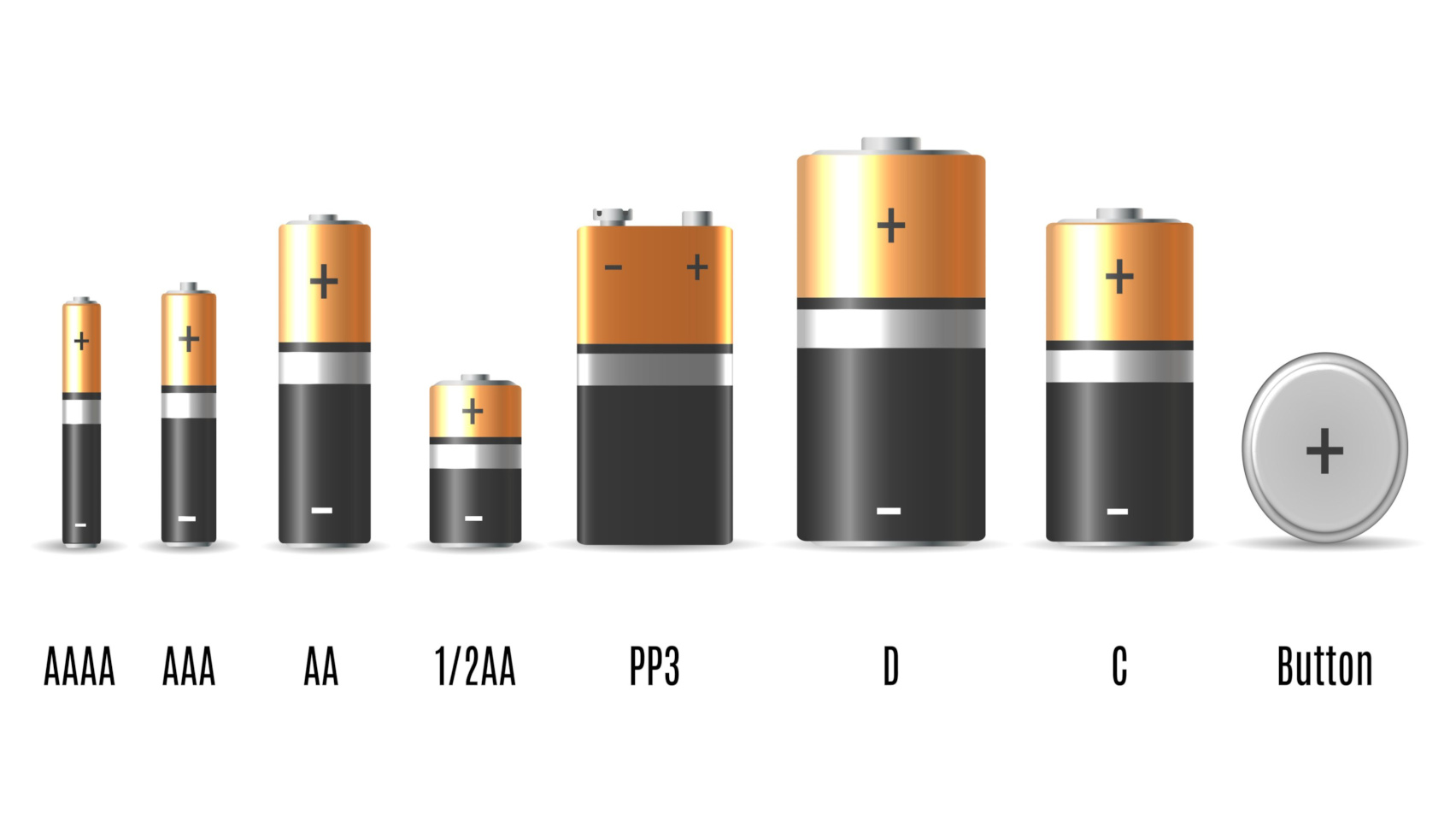What is this all about?
The choice of the right battery type and capacity is usually fundamental to an electronics design
project.
Quick learn
- Unless the company intending to use the battery is multi-national and intending to use tens of thousands of them, the electronics product designer is constrained by what can be purchased ‘off the shelf’.
- mAhr ratings can be used to calculate the time a battery will last by mAhrs/current, but this is heavily current dependent and should only be taken as an approximation.
- A battery may have the capacity to supply for the time required, but it must also be verified that the battery can supply the required peak current.
- If using a battery outside the 15°C to 30°C range it is necessary to carefully examine its data sheet to see if it is still appropriate for the application.
- Do not omit to consider safety in the given application (tends to be overlooked because battery voltages are low). Li batteries can explode if abused.
- Batteries respond well to ‘relaxation time’ during duty cycles.
- Not all batteries can simply be connected together, particularly when rechargeable. Balanced cell charging is necessary for Lithium because the same type of cell can discharge/charge at different rates.
How a Battery works?
The big questions with batteries are:
- How long will they last?
- Can they supply the current?
- Will they fit into the required space?
Of course, there are other questions, but these are the ones that are usually most immediate. It helps to
understand how a battery works when making decisions about them. It is all about chemistry.

The electrolyte holds its charge by having ions in it. Charge can only move across the electrolyte as ions, there is no flow of electrons through the electrolyte. So, to charge a battery the electrolyte must have a significant number of ions in it.
Negatively charged ions will migrate to the anode and positive ones to the cathode. The anode thereby assumes a state in which the ions in its vicinity are ready to receive electrons and the cathode can donate them by forming covalent bonds, i.e., bonds are formed by shared electrons. The ionic charge movement allows the movement of electrons through the load.
With the foregoing explanation, it is possible to notionally understand some of the properties and limitations of a given battery.
- The reason batteries take a long time to charge is because they are dependent on a chemical reaction (see REDOX below).
- The battery’s life is a function of the ability of the given electrolyte to hold ionic charge.
- The ability to supply a high current is dependent on the maximum ionic charge that can be accumulated in the vicinity of the electrodes and the speed with which the electrolyte allows replenishment.
To understand how electrons are made available to the load the chemistry of the battery must be understood. These reactions are known as Redox reactions because there are oxidising (loses electrons) and reducing (gains electrons) actions taking place.
Oxidation and reduction are governed by the valency of the constituent atoms and molecules, as the following formula shows:
Zn2+ → Zn2+O2- (covalent bond allows release of electron)
The above reaction is oxidation because the primary metal, Zn, loses (donates) electrons. Obviously, the build up of ZnO around the electrode eventually causes it to fail, even in the presence of ion laden electrolyte. This happens to lead-acid batteries when layers of sulphate accumulate around an electrode.
The Reducing reactions receive/gain electrons. A battery must have oxidation at one electrode (conventionally the negative because it is allowing electrons to flow from it), and reduction at the other electrode. The full reaction for an alkaline-manganese cell is below:
Zn + 2MnO2 + H2O → ZnO + 2MnOOH
The red shows the oxidation (-ve terminal losing electrons), and blue shows the reduction (+ve terminal gaining electrons).
This can be expressed as half reactions as follows:
Zn → Zn2+ + 2e– (oxidation – losing electrons)
Mn4+ → Mn3+ + e– (reduction – gaining electrons)
The potentials in the electrochemical series can be used to determine battery voltages.
Design considerations
- The capacity of a battery is usually quoted in mAhrs. The time a battery will last (approx.) is mAhrs/current.
- Note that mAhrs reduces significantly as the magnitude of current increases.
- Different chemistries vary, but battery performance starts to deteriorate outside the 15°C to 30°C range.
- Batteries have a shelf-life. A battery discharges even when on no load.
- Cost varies widely – no point picking an expensive chemistry when a cheaper one is adequate.
- Rare earth batteries are not green.
- Safety, e.g., Li batteries can explode if shorted.
- Connecting batteries – it is not always alright to just join batteries (particularly LI). Some batteries discharge and charge at different rates. Electronically balanced charging/discharging must be employed in these cases.
- LiMnO2 are promising for power pulsing.
- Energy Density (Whr/litre) is an important factor for size.
- Li cells are generally very good at pulsing.
- Never use Li at greater than 100°C.
- Intermittent high current is better than an equivalent continuous current over the same ‘on’ time.
- Batteries respond well to ‘relaxation time’.
Further investigation
R. Dell and D. Rand, Understanding Batteries, RSC Paperbacks



